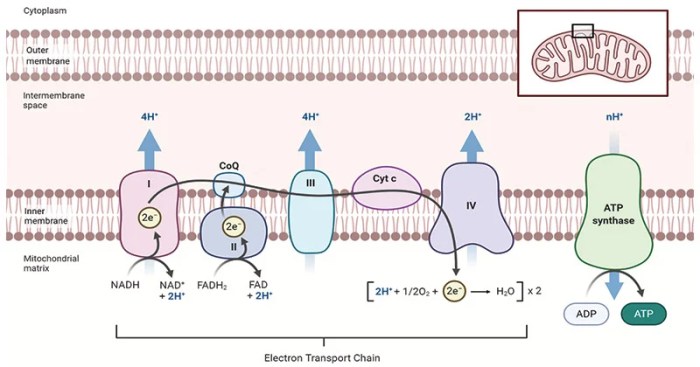Classify the metabolic poisons as electron transport inhibitors, delving into the intricacies of these substances that disrupt cellular respiration, impairing ATP production and metabolic pathways. This article unveils the significance of classifying metabolic poisons, unraveling their impact on various diseases and disorders, while exploring their potential therapeutic applications.
1. Introduction to Metabolic Poisons
Metabolic poisons are substances that interfere with normal metabolic processes within cells. They can be classified based on their specific target and mechanism of action.
Classifying metabolic poisons is important for understanding their effects on cellular metabolism and developing strategies to mitigate their toxicity.
2. Electron Transport Inhibitors

Electron transport inhibitors are a class of metabolic poisons that target the electron transport chain (ETC) within mitochondria. They disrupt the flow of electrons along the ETC, impairing cellular respiration and ATP production.
3. Classification of Electron Transport Inhibitors

| Inhibitor Type | Mechanism of Action | Examples | Sources |
|---|---|---|---|
| Complex I Inhibitors | Bind to and block Complex I of the ETC, preventing electron transfer from NADH to ubiquinone. | Rotenone, Amytal | Plants, fungi |
| Complex II Inhibitors | Bind to and block Complex II of the ETC, preventing electron transfer from succinate to ubiquinone. | Malonate, Thenoyltrifluoroacetone | Industrial chemicals, fungi |
| Complex III Inhibitors | Bind to and block Complex III of the ETC, preventing electron transfer from ubiquinone to cytochrome c. | Antimycin A, Myxothiazol | Bacteria, fungi |
| Complex IV Inhibitors | Bind to and block Complex IV of the ETC, preventing electron transfer from cytochrome c to oxygen. | Cyanide, Carbon monoxide | Industrial chemicals, tobacco smoke |
4. Effects of Electron Transport Inhibitors on Metabolism

Electron transport inhibitors impair cellular respiration by disrupting the flow of electrons along the ETC. This leads to a decrease in ATP production, the primary energy currency of the cell.
Impaired electron transport also affects metabolic pathways that rely on ATP, such as protein synthesis, DNA replication, and ion transport.
5. Clinical Significance of Electron Transport Inhibitors
Electron transport inhibitors are involved in various diseases and disorders, including:
- Cyanide poisoning: Cyanide binds to Complex IV of the ETC, leading to rapid cellular death.
- Mitochondrial diseases: Mutations in ETC components can lead to impaired electron transport and ATP production, resulting in mitochondrial disorders.
- Cancer: Some electron transport inhibitors have been explored as potential therapeutic agents due to their ability to selectively target cancer cells with high metabolic demands.
FAQ Resource: Classify The Metabolic Poisons As Electron Transport Inhibitors
What are metabolic poisons?
Metabolic poisons are substances that interfere with normal metabolic processes, disrupting cellular function and potentially leading to toxicity.
How do electron transport inhibitors affect cellular respiration?
Electron transport inhibitors disrupt the electron transport chain, impairing the transfer of electrons and the generation of ATP, the primary energy currency of cells.
What are some examples of electron transport inhibitors?
Examples of electron transport inhibitors include cyanide, carbon monoxide, and rotenone, which target different complexes within the electron transport chain.